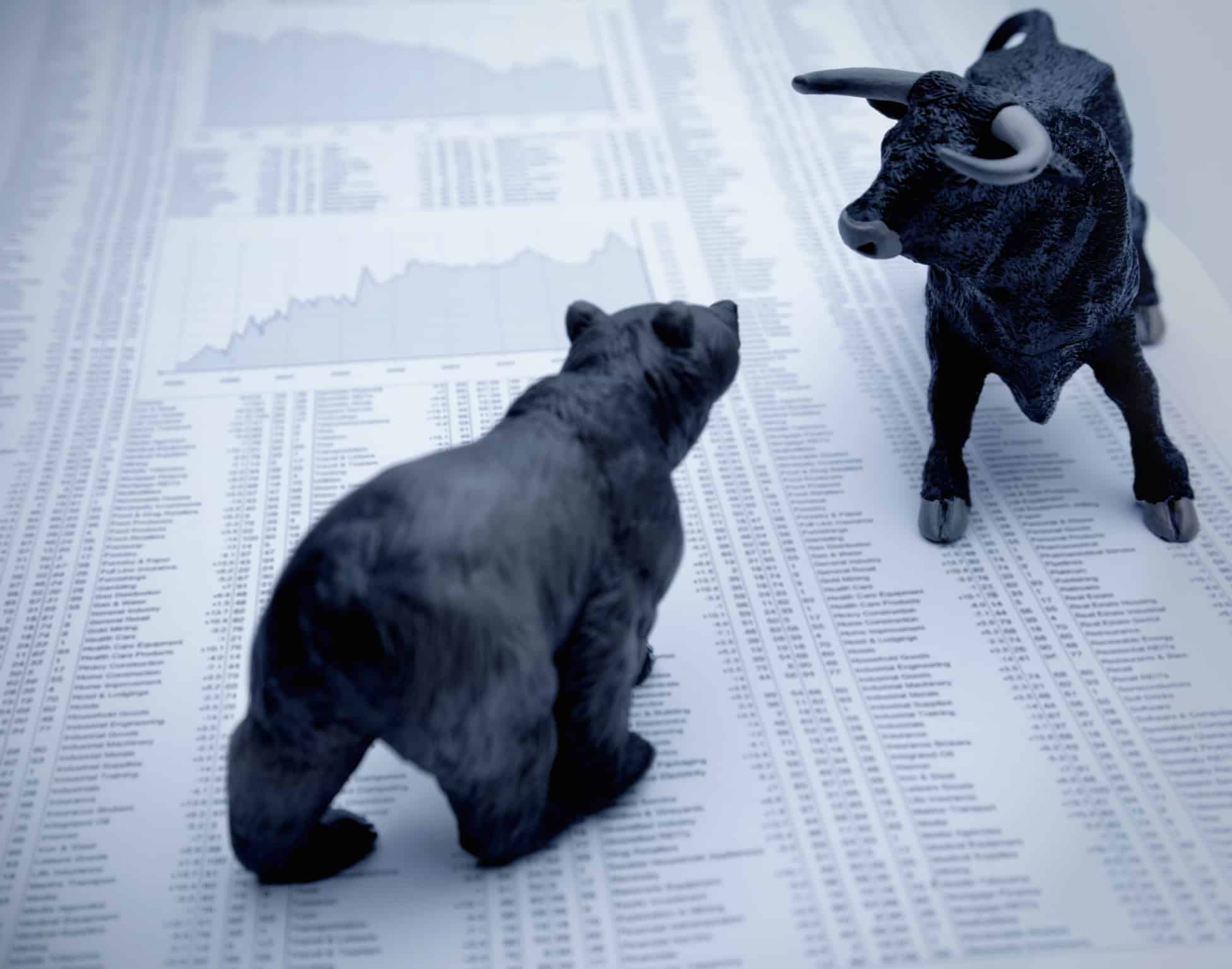Where should you invest $10,000 in a bear market? Depending on your goals, investment experience, risk tolerance, and investment horizon, you should invest differently.
Conservative investors, particularly those with a low-risk tolerance and short investment horizon, are best off keeping their money in high-interest savings accounts, Guaranteed Investment Certificates (GICs), or something similar. This way, you can guarantee protection to your principal while generating some interest income on your savings. For example, today’s higher interest rate environment is not a bad time to put short-term money in a one-year GIC to earn a yield of around 5%.
Investors with a higher risk tolerance and longer investment horizon should definitely consider putting money in stocks during a bear market when stocks might trade at better valuations.
In a relatively conservative approach, you can consider solid stocks that offer decent dividends and stable long-term growth. Big Canadian bank stocks, big telecom stocks, big utility stocks, and selective Canadian real estate investment trusts (REITs) might fall in this category.
A more aggressive approach would be to seek out solid growth stocks in a bear market. Of course, there’s nothing stopping you from using a mix of approaches to build a diversified portfolio suitable for your investment style.
Buying dividend stocks in a bear market
Here’s a dividend stock example. Exchange Income (TSX:EIF) has been sort of in a bear market of its own. Last year, the stock hit a high price of about $53, then fell to a low of approximately $42 per share. It seems to have bottomed and is now trading at $45 and change per share.
Exchange Income is an acquisitive company in the aviation services and aerospace and manufacturing industries. It is a relatively defensive industrial stock that cares about generating healthy and durable cash flows. Management has also proven to be committed to a safe and growing dividend. The company has maintained or increased its cash distribution every year since 2004.
To be sure, the dividend stock last increased its dividend by 4.8% in November. It has outperformed the Canadian stock market total returns over the last three, five, and 10 years, as illustrated in the chart below. Today, the undervalued stock offers a nice dividend yield of about 5.8%, and analysts think it trades at a good discount of roughly 28%.

EIF and XIU 10-Year Total Return Level data by YCharts
Loading up growth stocks in a bear market
Growth stocks could create tremendous wealth for long-term investors. For example, buying Brookfield (TSX:BN) shares certainly have done wonders for investors who were able to hold on through volatility. In particular, Brookfield stock has outperformed the Canadian stock market in the last five and 10 years.

BN and XIU 10-Year Total Return Level data by YCharts
For new investors, Brookfield might sound like a complex business. It has capital invested across an asset management business, insurance solutions business, and operating businesses that mostly generate substantial cash flows.
The company’s track record, as shown in the graph above, should give investors confidence. Specifically, Brookfield targets to compound capital at north of 15% per year for the long haul. This makes it a super opportunity for investors to buy in bear markets when the growth stock experiences market corrections.
 2-for1 Sale
2-for1 Sale








